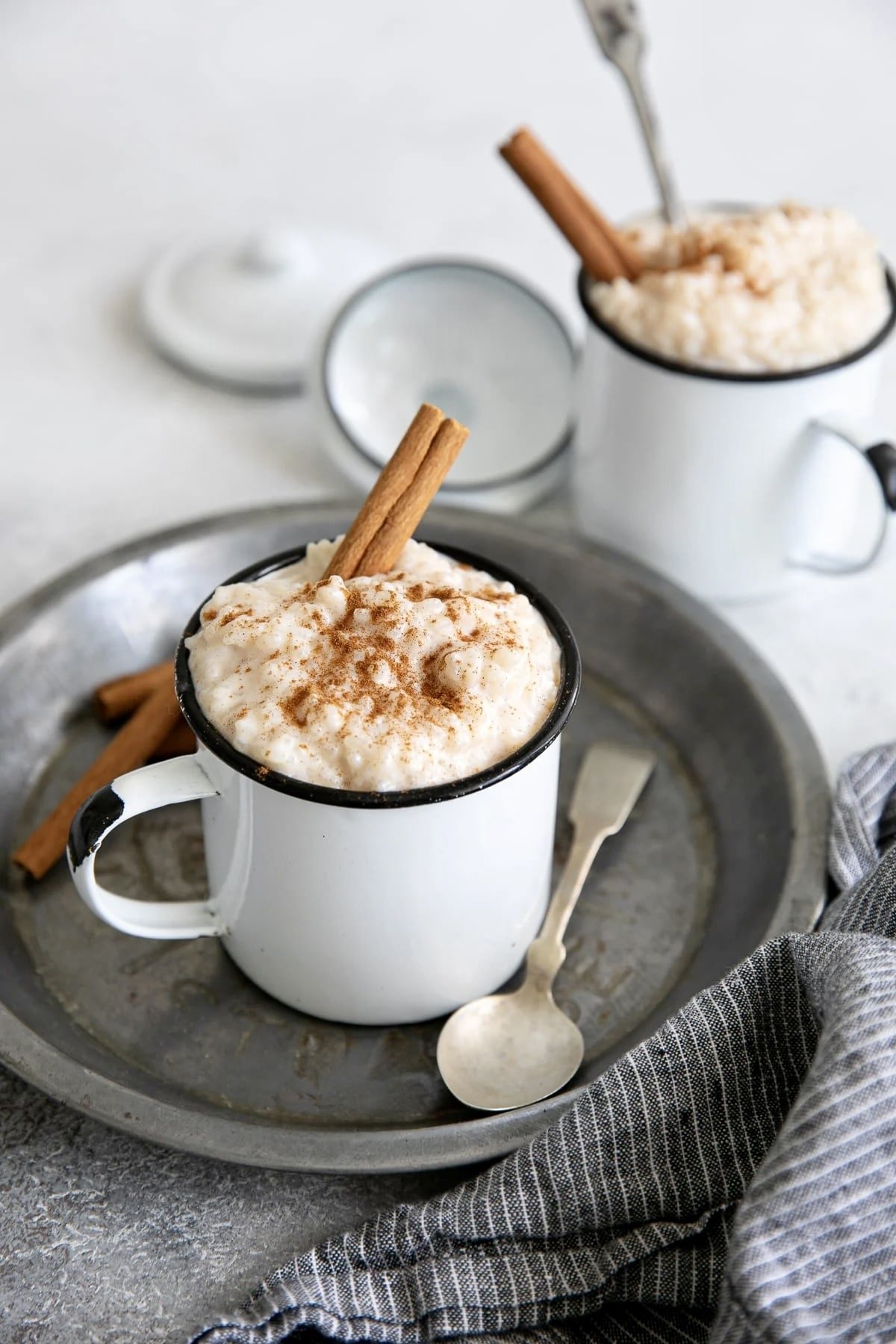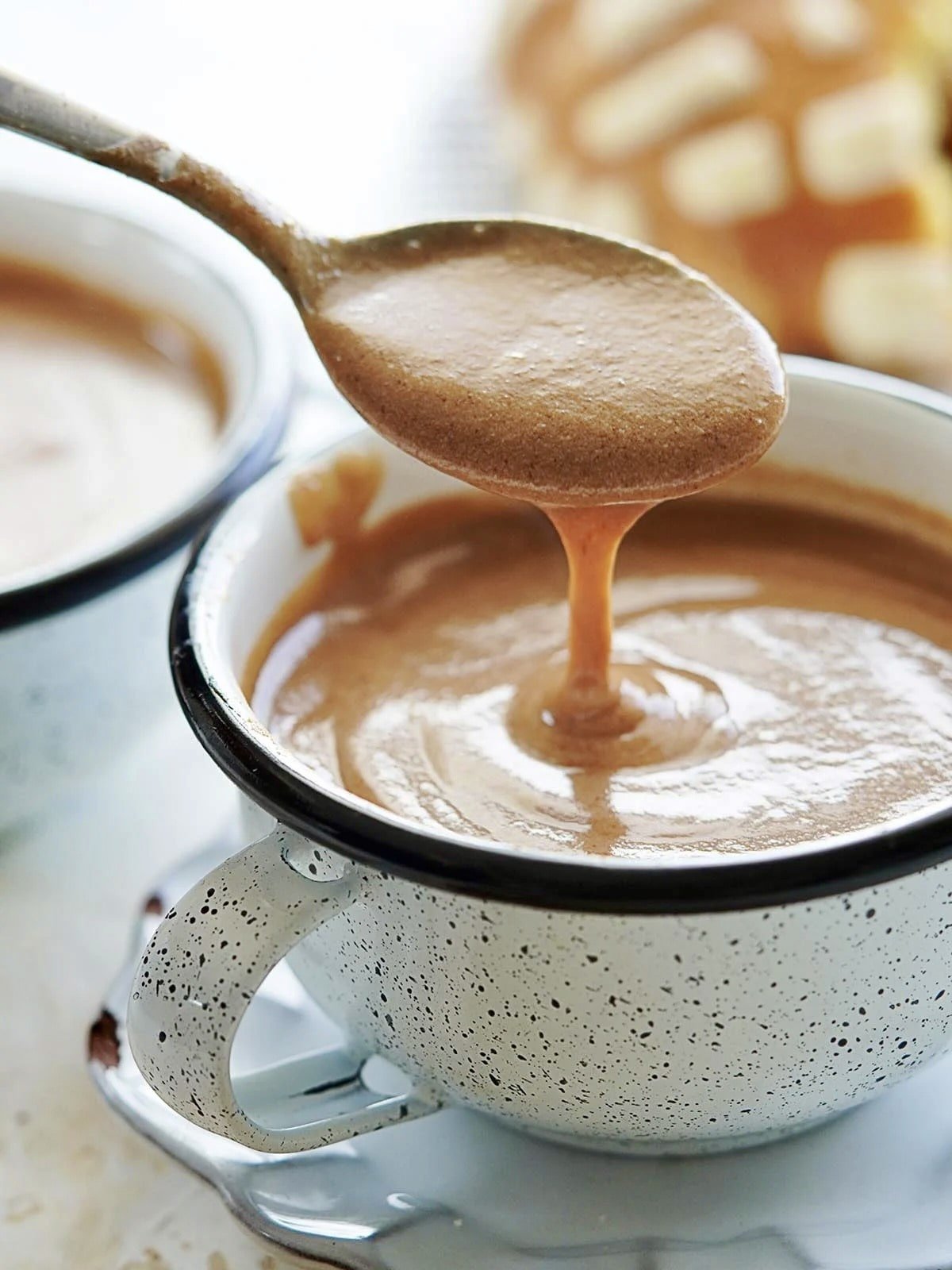10 Traditional Mexican Day of the Dead Recipes
Looking for the best Day of the Dead recipes for the upcoming November 1st Mexican holiday? I’ve got them all right here in one convenient place!
Significance of Day of the Dead Foods
Food holds profound significance in Day of the Dead celebrations, serving as a bridge between the living and the dearly departed.
This vibrant Mexican tradition of El Día de los Muertos is a time for families and communities to come together to remember and honor their deceased loved ones.
Día de los Muertos cooking preparations include the favorite recipes of the deceased in addition to traditional Day of the Dead foods.
Sugar skulls along with traditional dishes are placed on Day of the Dead altars.
Traditional dishes such as tamales, pan de muerto, and mole are lovingly prepared and placed on ofrendas (altars).
These culinary offerings are believed to nourish the souls of the departed during their voyage back to the world of the living. Sharing these beloved foods with the deceased not only symbolizes love and respect but also helps preserve and pass on a shared cultural heritage.
Through these age-old culinary practices, the living maintain a tangible connection with their ancestors, celebrating the enduring spirit of family and tradition.
Best Day of the Dead Recipes
Whether celebrating your own Mexican heritage, or wanting to feel a part of this incredible celebration of life, preparing your deceased’s favorite foods and some of these traditional Dia de los Muertos recipes can be spiritually uplifting.
Post your photos on social media with these fun captions: Mexican food quotes
1. Pan De Muerto (Day of the Dead Bread)
Pan de Muerto, perhaps the most traditional Day of the Dead recipe
Pan de Muerto, or Day of the Dead bread, is one of the most traditional foods of the annual Día de los Muertos celebration.
Many of the Day of the Dead food traditions have deep meaning. For example, each element of the sweet bread is rich with symbolism. Its circular shape represents the cycle of life and death. The bone-shaped pieces adorning the top of the round bread signify the departed souls.
Key ingredients of traditional Pan de Muerto include wheat flour for the base, fresh yeast for an airy texture, sugar and eggs for sweetness and richness, and butter for added deliciousness.
Orange blossom water or orange zest imparts a subtle citrus aroma, and anise seed provides a mild licorice flavor, creating a unique taste. The final touch of a Pan de Muerto recipe is a dusting of sugar on top of your golden brown bread.
Pro tip: This recipe is best made in the large bowl of a stand mixer with a dough hook.
2. Galletas de Calaveras (Sugar Skull Cookies)
Popular Day of the Dead recipes include skull-shaped cookies.
The colorful Sugar Skull tradition is a central element of the Mexican Day of the Dead celebration that dates back to the Aztec civilization.
The Sugar Skulls hold immense cultural significance and are meant to represent and honor the souls of the deceased family members and other loved ones.
The skulls are elaborately decorated with bright colors, intricate patterns, and an array of symbols, then placed on the Day of the Dead altar.
It is important to note, as scrumptious as they may look, Sugar Skulls are not one of the delicious Day of the Dead foods, as many of the decorations are inedible. However, unlike the Sugar Skulls themselves, Sugar Skull Cookies are quite yummy!
In some areas, you can find Sugar Skull Cookies at markets and grocery stores, but making your own is much more meaningful.
So, get out those baking sheets and skull-shaped cookie cutters and bake some Sugar Skull Cookies.
3. Calabaza en Tacha (Mexican Candied Pumpkin)
Mexican candied pumpkin is one of the traditional sweet treats enjoyed during the celebration of the Mexican holiday.
Calabaza en Tacha, or Mexican candied pumpkin, is one of the most traditional recipes of Día de los Muertos celebrations.
This aromatic and flavorful dish begins with the main ingredient, peeled and chunked pumpkin, simmered gently with piloncillo (or brown sugar), warm spices like cinnamon sticks, and cloves.
If you don’t have access to pumpkin, you can substitute sweet potatoes.
Beyond its delightful taste, Calabaza en Tacha holds deep cultural significance. The vibrant orange hue of the pumpkin is reminiscent of marigold flowers, believed to guide the spirits of the deceased back to the living world.
By preparing and sharing this Candied Pumpkin Recipe, families infuse the celebration with warmth, remembrance, and a touch of sweetness.
4. Mole Sauce
Mole sauce, usually one of the most complex Day of the Dead food recipes
Mole sauce has the most accolades of any regional Mexican food. In addition to being a traditional Day of the Dead food, it’s one of the two national dishes of Mexico. It’s also prepared for most special occasions and is the most famous food from Oaxaca in Southern Mexico.
In fact, it’s so abundant in its region of origin, you’ll find it as a component of many Oaxacan street foods. It can top chicken, enchiladas, and even insects, an example of what some of us might consider one of the “weird foods of Mexico.”
Mole Negro is the most popular sauce in Oaxaca, but in the Pueblan region, Mole Poblano reigns. Throughout Mexico, there are at least 50 distinct types of mole prepared in different ways. Ingredients can include anything from sesame seeds to chili peppers to Mexican chocolate.
Most Mexican mole recipes are very complex, with 20 or more ingredients. But for the novice, an easy mole recipe is a good place to start.
5. Tamales
Tamales, one of the most popular Dia de los Muertos dishes
Cooking Mexican tamales for a Day of the Dead celebration begins by soaking dried corn husks (usually from the grocery store) until they’re pliable, so that they can form the perfect wrapper for the tamales’ contents.
Masa harina, a Mexican corn flour, is mixed with broth to achieve a dough-like consistency. Then the corn dough is spread onto the softened husks.
Pretty much anything sweet or savory can go inside of a tamale, but pork tamales are the most popular. They’re even a staple street food in Mexico City for breakfast. Vegetarians can opt for pumpkin, bean and cheese tamales, or green chile tamales.
The husks are folded to enclose the filling and placed upright in a steamer pot, where they cook for about 1 to 1½ hours until the masa is firm.
Tamale recipes are often part of a communal cooking effort involving multiple generations. The tamales themselves are one of the most traditional dishes of Mexican culture as well as of Mexican cuisine.
6. Galletas de Pan de Muerto (Day of the Dead Cookies)
Baking this recipe for Day of the Dead cookies is a fun way to get in the spirit.
Making Galletas de Pan de Muerto, aka Day of the Dead Cookies, is a delicious way to engage in the celebrations.
These sweet treats are like miniature versions of Pan de Muerto. Instead of making one big bread, you can have lots of small pieces that are easy to share.
Read Next: Mexican Cookie Recipes
These creations have the same buttery orange flavor as the bread, and they have a small ball shape with the bone garnish on top.
Pro tip: If you cannot find the required orange blossom water (esencia de azahar) at any Mexican market you have access to, you can purchase it on Amazon.
With this step-by-step recipe, these Day of the Dead cookies can be made vegan or vegetarian.
7. Arroz con Leche (Mexican Rice Pudding)
Arroz con Leche, one of the sweet Dia de los Muertos recipes
Arroz con Leche, or Mexican Rice Pudding, holds a special place in the hearts of many during the Day of the Dead holiday.
This sweet, creamy, rice pudding is more than just a dessert—it's a heartfelt offering to departed loved ones, believed to be one of their favorites.
The process of simmering the rice gently in whole milk infused with the fragrant warmth of cinnamon is almost sacred.
Families pass Arroz con Leche recipes down through the generations, each one adding their own twists, like vanilla or raisins.
8. Pozole
Pozole, my favorite recipe for Day of the Dead
Whether it’s the New Mexican side dish, or traditional Mexican soup, I LOVE pozole.
It’s my personal favorite Day of the Dead food AND my favorite Day of the Dead recipe to make.
There are three basic versions of this Mexican soup: verde (green), rojo (red), and blanco (white).
Pozole Verde uses green chili sauce, the Pozole Rojo uses red chili sauce, and the white does not use chilis.
My husband prefers green, I prefer red, and my parents prefer white. So white is what I make most often and I still love it. Try this pozole recipe at home and let me know how you like it!
Day of the Dead Drink Recipes
Of course, a cup of Mexican hot chocolate will always hit the spot. But for those of you who want to experience something more adventurous on Day of the Dead, try one of the following.
9. Atole
Atole, one of the traditional drinks for Day of the Dead
Atole, a traditional Mesoamerican hot, corn-based beverage, is very popular for the Day of the Dead holiday.
This warm, comforting drink is a symbol of hospitality and is often prepared in large quantities to be shared with family and friends who gather to honor and remember their deceased.
Key ingredients in making Atole include ground corn, or masa harina, milk or water, cinnamon sticks, vanilla extract, and sweeteners like sugar or piloncillo (unrefined cane sugar). This may sound a little exotic, but the recipe for Atole is quite simple!
10. Champurrado
Champurrado, a chocolaty beverage made with masa harina
Made from masa harina, Champurrado recipes are similar to those for Atole, but this traditional drink adds chocolate.
The deep, chocolaty notes of Mexican chocolate—known for its grainy texture—meld perfectly with the warmth of cinnamon and the sweet aroma of vanilla, creating a comforting blend that not only warms the body but also the soul.
Slowly cooked to allow the flavors to harmonize, Champurrado is much more than a beverage; it is a fusion of indigenous and European influences that celebrates Mexico’s rich culinary heritage, arguably the most diverse in all of Latin America.
Day of the Dead Celebrations
If you’re lucky enough to celebrate Day of the Dead in Mexico, you’ll find grand festivities from Baja California all the way down to the Yucatan.
If you’re having the Mexican celebration at home, I hope you’ll make at least one of these traditional recipes for Day of the Dead! Let me know in the comments section below if you do!
More recipes for delicious Mexican foods
Of course, you are not listed to the traditional Day of the Dead recipes, if you or your deceased loved ones have other favorites, make them! These are some of our most popular Mexican recipes:
Mexican Mulitas Recipe
White Pozole Recipe
Super Simple Guacamole
Low-Cal Quesadilla Ideas
Mango Corn Salsa
Breakfast Street Tacos















